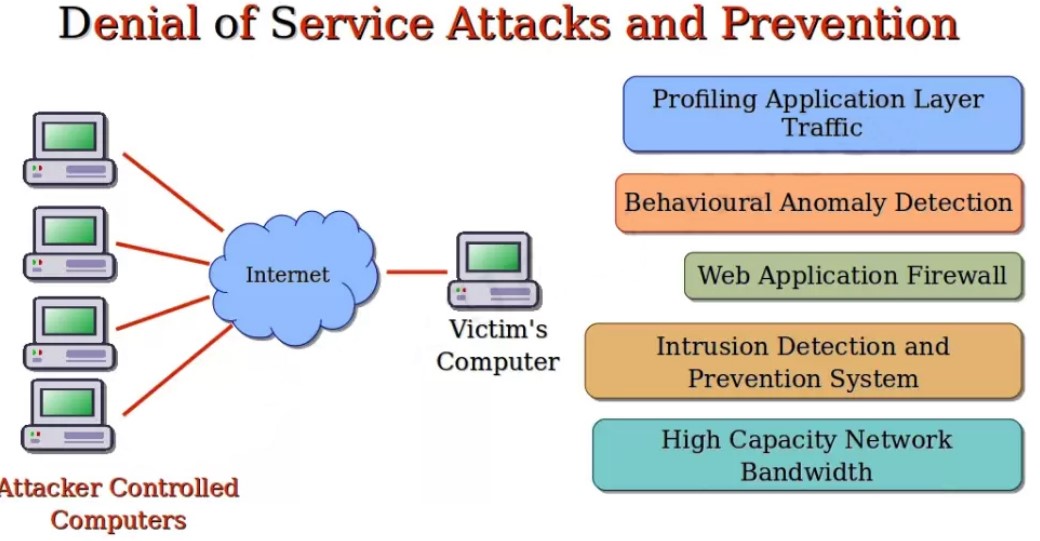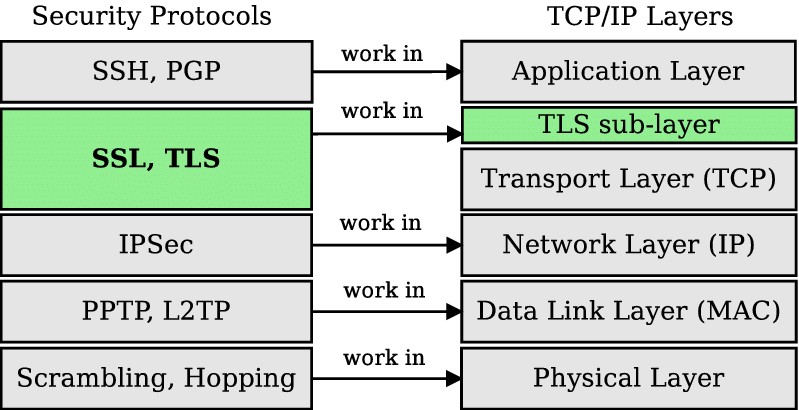Distributed denial of service (DDoS) attacks are a serious threat to the availability and security of websites and online services. These attacks involve overwhelming a website with traffic from multiple sources in an attempt to disrupt its normal functioning. If your website is hit by a DDoS attack, it can result in lost revenue, damage to your reputation, and costly recovery efforts. In this article, we’ll discuss seven strategies you can use to protect your website from DDoS attacks.
Are you interested in knowing about ways to protect your website from DDoS attacks? If so, then this article is for you. In this article, you will learn seven ways to protect your website against DDoS attacks.
What Is a DDoS Attack?
Distributed denial of service (DDoS) attacks aim to disrupt the normal functioning of a website or online service by overwhelming it with traffic from multiple sources. These attacks can be devastating for businesses and organizations that rely on their online presence to reach customers or provide important services. If your website is hit by a DDoS attack, it can result in lost revenue, damage to your reputation, and costly recovery efforts.
Why Do You Need Protection From DDoS Attacks?
According to cybersecurity statistics,
- 23,000 DDoS attacks are launched every day
- 16 DDoS attacks are launched every minute
- The number of DDoS attacks will skyrocket to 4 million by 2023
- 73% of all DDoS attacks targeted infrastructure layer
- 53% of DDoS attacks were reflection-based attacks.
- 23% of DDoS attacks targeted protocol layer
- 16% oF DDoS attacks targeted application layer

Protection From DDoS Attacks: 7 Ways To Secure Your Website
Here are seven ways you can use it to safeguard your website against DDoS attacks.
1. Use a web application firewall (WAF):
A Web Application Firewall is a security tool that sits between your website and the internet, analyzing incoming traffic and blocking malicious requests. It can help protect your website from a range of threats, including DDoS attacks.

2. Use a content delivery network (CDN):
A Content Delivery Network is a network of servers located around the world that can distribute traffic across multiple servers, rather than relying on a single server to handle all requests. This can help absorb the impact of a DDoS attack and keep your website online.

3. Implement rate limiting:
Rate limiting is a technique that allows you to set limits on the number of requests a user or IP address can make to your website within a given time frame. This can help prevent DDoS attacks by limiting the amount of traffic that can reach your website.
4. Use cloud-based DDoS protection:
Cloud-based DDoS protection services use a network of servers to absorb incoming traffic and filter out malicious requests. These services can be an effective way to protect your website from DDoS attacks, especially if you don’t have the resources to implement your own protection measures.

5. Monitor your website’s traffic:
Regularly monitoring your website’s traffic can help you identify unusual spikes in traffic that could indicate a DDoS attack. This allows you to take action quickly to mitigate the DDoS attack and minimize the impact on your website.
6. Use secure protocols:
Ensuring that your website uses secure protocols, such as HTTPS, can help protect against DDoS attacks by encrypting the traffic between your website and users’ browsers.

7. Have a plan in place:
It’s important to have a plan in place for responding to a DDoS attack. This should include identifying the attack as quickly as possible, isolating the affected systems, and taking steps to mitigate the attack and restore normal operation. It’s also a good idea to have a backup plan in place in case your primary defenses fail.
Conclusion
DDoS attacks can have a significant impact on businesses and organizations that rely on their online presence. By implementing strategies such as using a web application firewall, a content delivery network, and rate limiting, you can help protect your website from these attacks and ensure it stays online and available to your users.
It’s also important to have a plan in place for responding to a DDoS attack and to regularly monitor your website’s traffic for unusual spikes that could indicate an attack. By taking these steps, you can help safeguard your website and minimize the impact of a DDoS attack.
What steps do you take to protect your website against DDoS attacks? Let us know in the comments section below.





Add comment